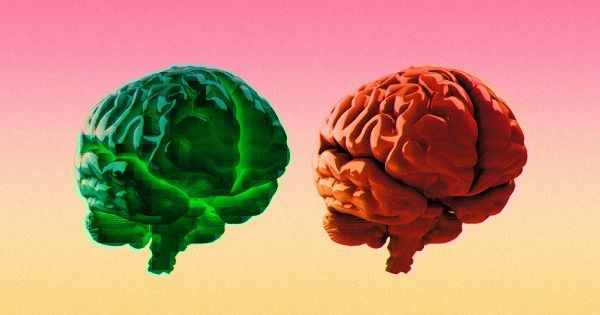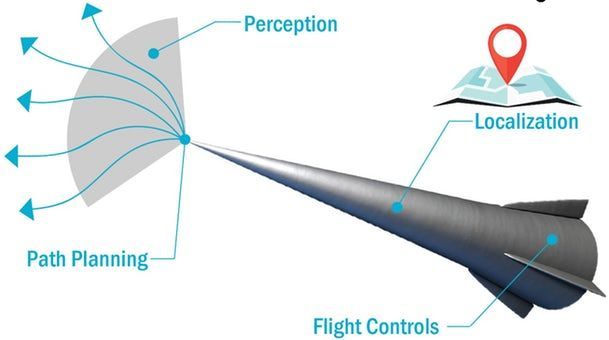We should challenge the cult of Singularity. AI won’t take over the world.



In an effort to scale up the manufacture of biomaterials, researchers at UC Berkeley have combined bioprinting, a robotic arm, and flash freezing in a method that may one day allow living tissue, and even whole organs, to be printed on demand. By printing cells into 2D sheets and then freezing them as assembled, the new technique improves cell survival during both building and storage.

The laser sensors currently used to detect 3D objects in the paths of autonomous cars are bulky, ugly, expensive, energy-inefficient – and highly accurate.
These Light Detection and Ranging (LiDAR) sensors are affixed to cars’ roofs, where they increase wind drag, a particular disadvantage for electric cars. They can add around $10,000 to a car’s cost. But despite their drawbacks, most experts have considered LiDAR sensors the only plausible way for self-driving vehicles to safely perceive pedestrians, cars and other hazards on the road.
Now, Cornell researchers have discovered that a simpler method, using two inexpensive cameras on either side of the windshield, can detect objects with nearly LiDAR’s accuracy and at a fraction of the cost. The researchers found that analyzing the captured images from a bird’s-eye view rather than the more traditional frontal view more than tripled their accuracy, making stereo camera a viable and low-cost alternative to LiDAR.

AI Overlords
Musk has repeatedly warned of evil AI overlords in the past, saying that AI could become “an immortal dictator from which we could never escape” in a 2018 documentary called “Do You Trust This Computer?”
Most of what Neuralink is working on, including any plans for a brain computer interface, are still tightly under wraps. In one tantalizing clue, Bloomberg recently reported on a still unpublished academic paper by five authors who have been employed by or associated with Neuralink — though it’s unclear whether Musk’s tweet referred to their work.

Elon Musk believes humans must link up with machines in order to fight the inevitable onslaught of artificial intelligence.
In a recent tweet, the SpaceX and Tesla CEO said technology from his latest company, Neuralink, will be ‘coming soon.’
Musk has yet to offer up any more details on when or how the tech will come to fruition.

Sandia National Laboratories (SNL) has announced that it has set up an academic research coalition to help create artificially intelligent aerospace systems to control hypersonic missiles and other complicated vehicles in challenging environments. Called Autonomy New Mexico (NM), the organization consists of numerous US universities and aims at making hypersonic craft capable of autonomously controlling their own flight.
At the ‘Tesla Autonomy Day’ today, Tesla unveiled all the details about its new Full Self-Driving computer, which CEO Elon Musk claims is ‘objectively the best chip in the world’.
The automaker has been talking about this new computer for years now.
Earlier this month, Tesla announced that the new Full Self-Driving (FSD) computer, previously known as Autopilot Hardware 3.0, is now in production.